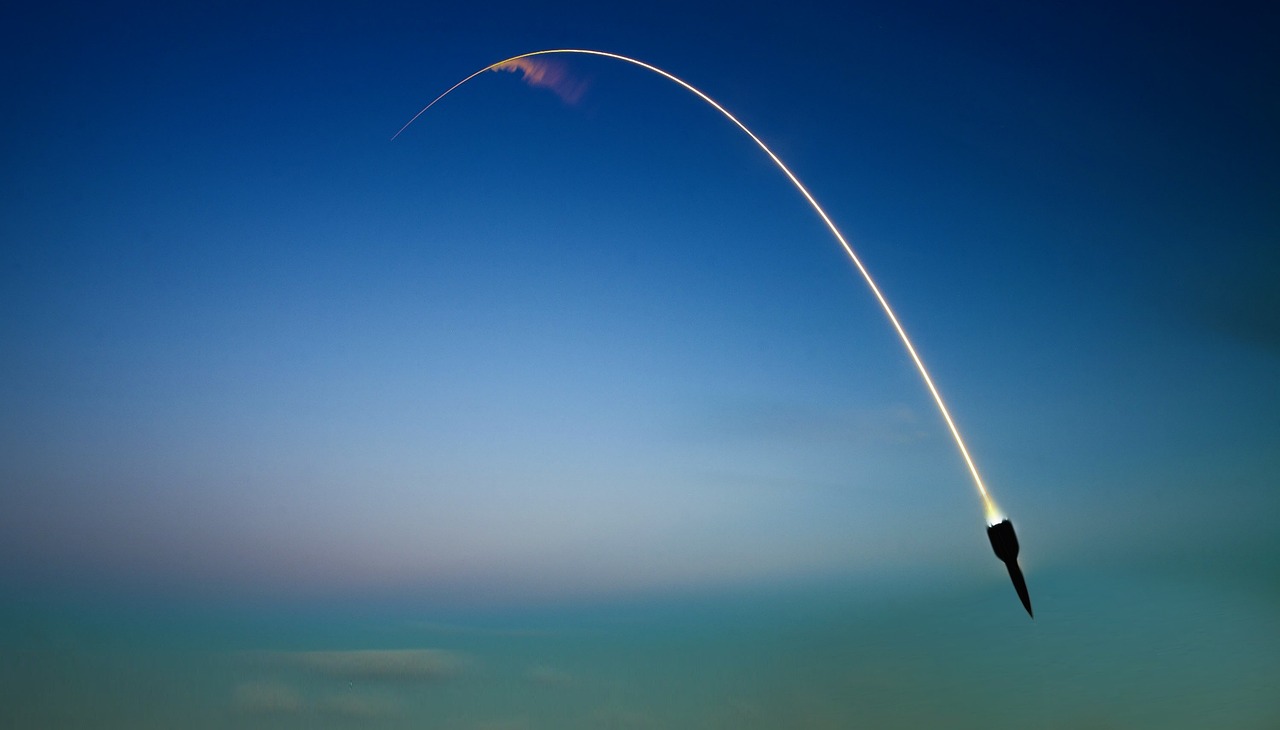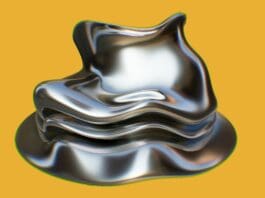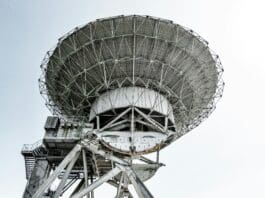This post is also available in:
 עברית (Hebrew)
עברית (Hebrew)
Israel has reportedly made exoatmospheric intercepts of the Iranian rockets on Sunday. Any missile intercepted outside the Kármán line (the boundary of Earth’s atmosphere, around 100 km above sea level) is considered exoatmospheric.
The trajectory of ballistic missiles takes them outside the Earth’s atmosphere. This is called the midcourse phase, and while the missiles are in that phase, defense systems attempt to destroy them before they release any warheads.
According to Interesting Engineering, radars and satellites are monitored to detect incoming missiles, and when they detect one and send out an alert, an interceptor missile is launched. This interceptor missile is equipped with sensors and guided by data from ground-based radar. It locates and collides with the target in space, an action that is similar to hitting a bullet with another bullet.
The “kill vehicle” of the interceptor detonates once it intercepts a ballistic missile in the exoatmosphere, an impact that disintegrates the missile, resulting in a cloud of debris. While this debris cloud continues to follow the missile’s original trajectory, it spreads out and disperses, no longer aimed at the target. Experts mention that if the missile warhead is not destroyed by the initial impact, it may persist on the original trajectory. However, they add that the force of the explosion could potentially knock it off its course, and it is nevertheless significantly less likely to detonate.
Israel’s Arrow 3 (developed by Israel Aerospace Industries and Boeing) is an exoatmospheric anti-ballistic missile designed to intercept and destroy long-range ballistic missiles and can execute multiple simultaneous interceptions.
This is possibly the first-ever exoatmospheric interception that was carried out in actual conflict, as interceptions of this kind are typically either theoretical or restricted to simulations or drills.
Experts from Interesting Engineering explain that exoatmosphere interception is especially beneficial against nuclear warheads, in which scenario the interception can occur away from the Earth’s surface so any radioactive materials will be scattered in space rather than in the Earth’s atmosphere. However, the remaining debris will still pose a threat to objects in orbit (like satellites), and lead to a layer of space junk circling the Earth, potentially inflicting damage to any objects in its path.




